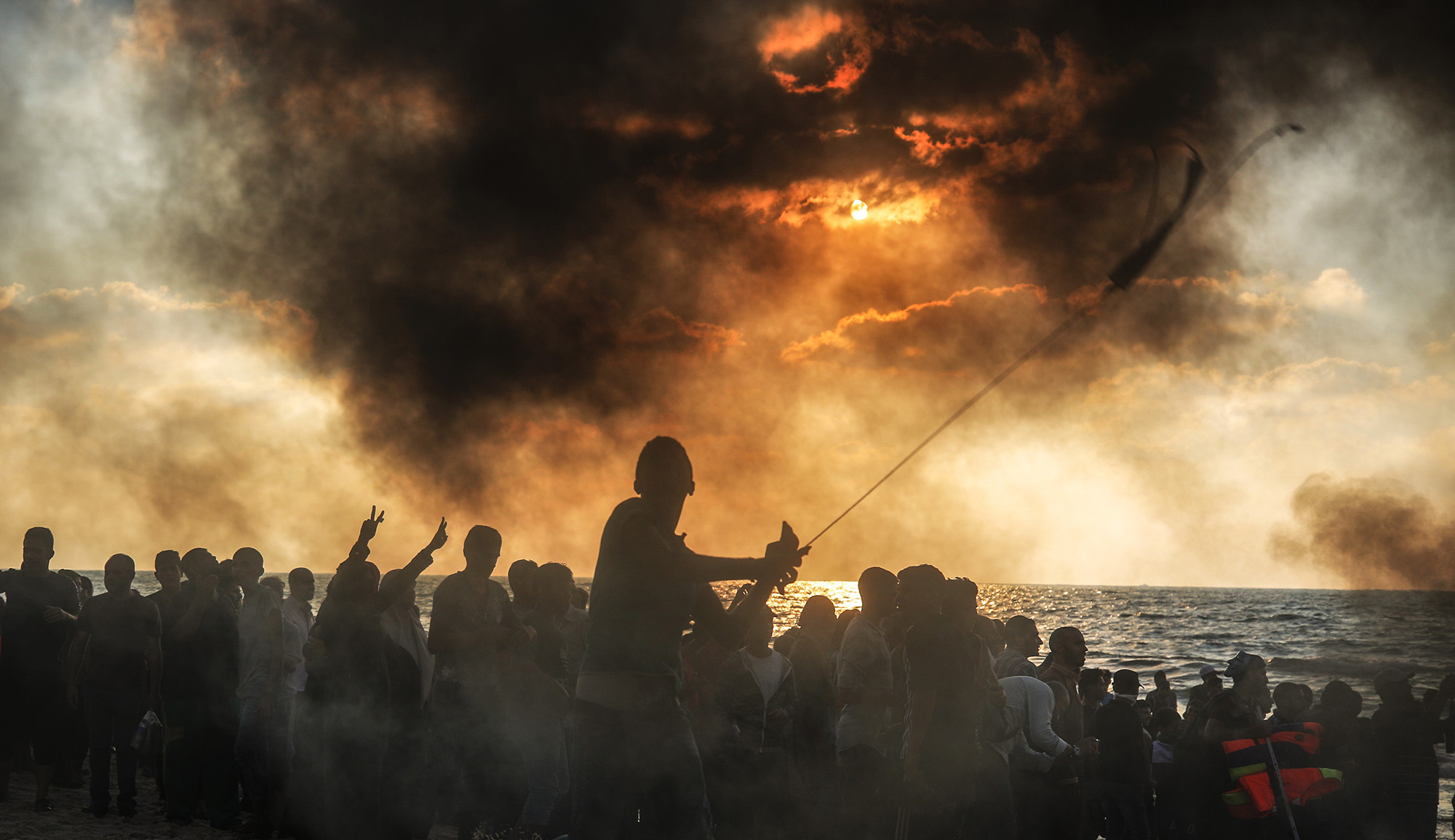Even as France, the U.S., and others continue to press Israel to pursue negotiations with Mahmoud Abbas, his political party, Fatah, appears to be on the brink of a schism that could further weaken his authority. Khaled Abu Toameh writes:
Last week, more than half the members of the Fatah Revolutionary Council [one of the organization’s two governing bodies] signed a petition calling for a “correctional revolution” in their faction. . . . The petition, which calls for major reforms in Fatah, is first and foremost directed against Abbas and his old-guard colleagues in the Palestinian leadership.
The petition carries the signatures of several Fatah officials who until recently were considered Abbas loyalists. . . . This challenge joins the one issued [earlier] by several other Fatah officials, who have come out in public against Abbas’s autocratic rule. . . .
Never, in its 50 years of existence, has Fatah been so divided. Some of its top brass have already defected to Hamas and Islamic Jihad. . . .
The “revolution within a revolution” taking place within Fatah ought to set off alarm bells in the international community. Fatah’s extreme weakness casts serious doubt on its ability to deliver peace with Israel and oversee the establishment of a Palestinian state.
More about: Fatah, Israel & Zionism, Mahmoud Abbas, Palestinian Authority, Peace Process


